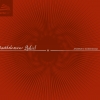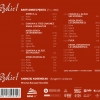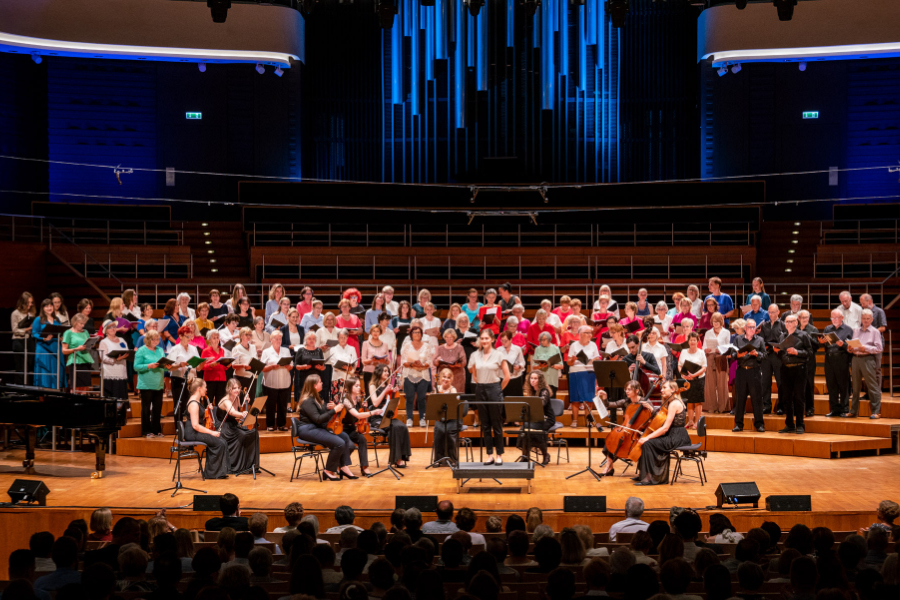Bartłomiej Pękiel II
The album presents Bartłomiej Pękiel’s mass cycles, showing two main stylistic trends in which religious music was created at that time: the modern concertante style (stile moderno) and the old style (stile antico), referring to the tradition of late Renaissance polyphony. The album is one part of the Music First: Music of the First Commonwealth series.
Album premiere: 2017
Publishers: National Forum of Music, CD Accord
Conductor: Andrzej Kosendiak
Performers: Wrocław Baroque Ensemble
I am pleased to present to you the second album of works by a composer associated with the Vasa court: Bartłomiej Pękiel. It is devoted to the Mass – a form that has been present in European music since the Middle Ages. The Mass cycles presented on the album are characterised by a variety of styles and show how differently 17th century composers treated this form, even within their own work.
The album contains examples of two “functional” masses with a very simple formal arrangement, based on a dialogue between two groups of singers. I must admit that I had the greatest concerns about the presentation of these works. Often, when listening to music from different eras, we have a strong feeling that there is a very thin line between beauty resulting from simplicity and banality or kitsch. This is exactly the feeling I had when recording these masses. However, in all their schematism and simplicity, we can find fragments showing the composer’s mastery.
At the opposite extreme, there are elaborate arrangements of the mass cycle, highlighting the two main stylistic trends present in music of the 17th century; one of being prima pratica, a style derived from the old Palestrina polyphony (the Missa Paschalis falls into this trend), and the other the concertante style, modern for those times, represented by Missa a 14 and Missa Concertata La Lombardesca.
The compilation of all these works on one album shows us Pękiel both as a creator who uses various compositional techniques perfectly and also as the leader of the ensemble, whose duty was to also write strictly functional songs. On the album, the masses are separated by instrumental pieces – Fugue and canons, which, though included in the sheet music supplement to the treatise, were probably not intended for performance. Simple curiosity made us want to hear what they might sound like, and I hope that they will be a kind of respite between individual mass cycles.
Andrzej Kosendiak












